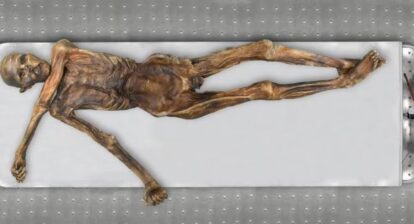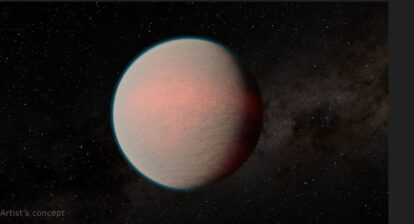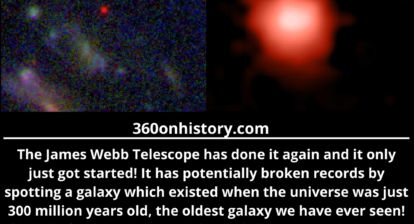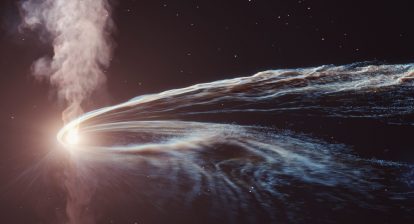Imagine a huge rock from space! Millions (66 million to be exact) of years ago, such a rock crashed into Earth with a boom that shook the whole planet. It was so big that it wiped out lots of creatures, including the dinosaurs.
But get this: there was an even bigger crash billions of years ago! This one was so powerful that it caused a huge mess all over the world. Scientists think that this big crash might have actually been good for some of the earliest life on Earth.
You see, when the rock hit, it released special nutrients like iron and phosphorus. These nutrients helped tiny, single-celled organisms, like bacteria, to grow and thrive. It was like a giant fertilizer bomb that helped life on Earth to get started!
In a new study researches analysed the effects of this asteroid by using evidence contained in ancient rocks from northeastern South Africa, a place called the Barberton Greenstone Belt. From geochemical signatures of preserved organic material and fossils of marine bacteria, they assessed that life bounded back pretty quickly. In fact it flourished.
It would have taken a long time for the atmosphere to cool down enough for the water vapor to return to the ocean. Microbes that depend on sunlight and those in shallow waters would have been wiped out.
But the meteorite would have brought a lot of phosphorous, a nutrient that microbes need to survive. The tsunami would have also mixed iron-rich deep waters into shallower waters, creating an environment that is perfect for many types of microbes because iron provides them with an energy source.







